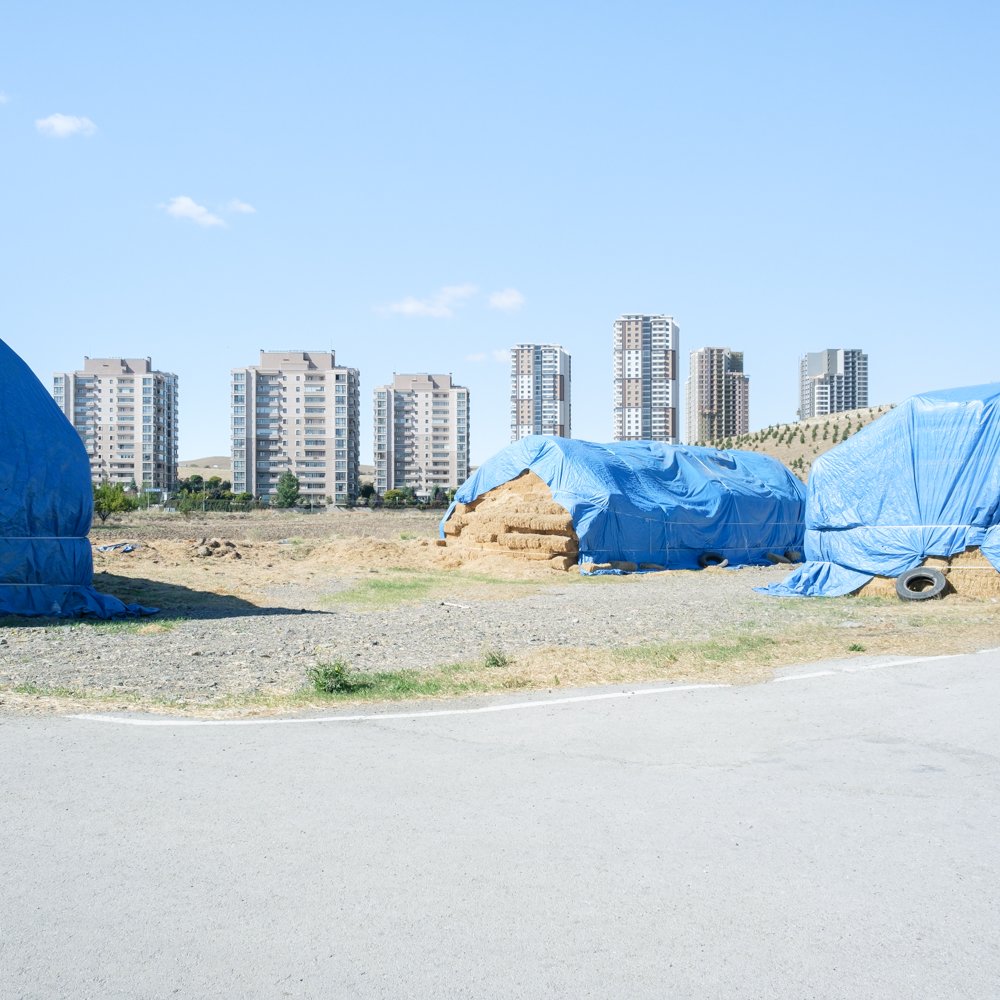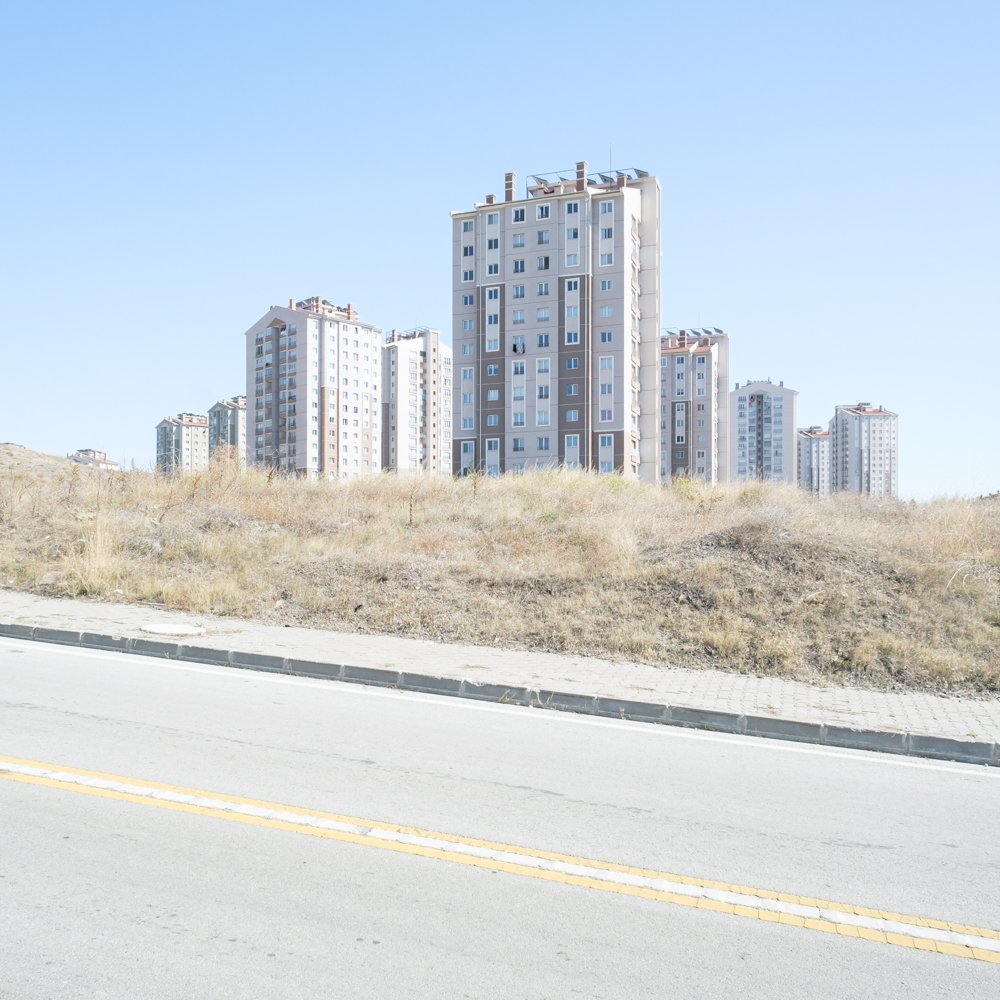Loïc Vendrame - Heterotopia
Today's metropolises reflect the globalized policies and economies of the world we live in, which participate in both fragmentation (segregation, division, separation) and homogenization (coherence, conformity, uniformity) of these spaces. Indeed, these “neoliberal cities” are increasingly spread out, partitioned, and discontinuous, and are in themselves heterotopias as they have the power to juxtapose several incompatible spaces within the same space (Foucault, 1967). Gated communities, with their systems of openings and closures, inclusivity and a distinct identity within the gates are one of the symbols of modern heterotopias. If utopia offers an ideal without a real place, heterotopia corresponds to a real place. How does heterotopia take shape in today's urban landscapes? How to appropriate these heterotopic spaces and identities? Through a documentary photographic study of the peripheral landscapes of neoliberal cities, the Heterotopia project proposes to see and glimpse the urban heterotopia through its geographical margins. The approach is both simple and complex: to offer a counterbalance to the traditional visual imagery of the city's identity, and thus to question the mental representation that everyone has of it. Ankara, the Turkish capital, is one of the showcases. With more than 5 million inhabitants, this city associated with the neoliberal restructuring of the country's economy, while maintaining a certain moral conservatism through the construction of new mosques, is in constant transformation and development.
















